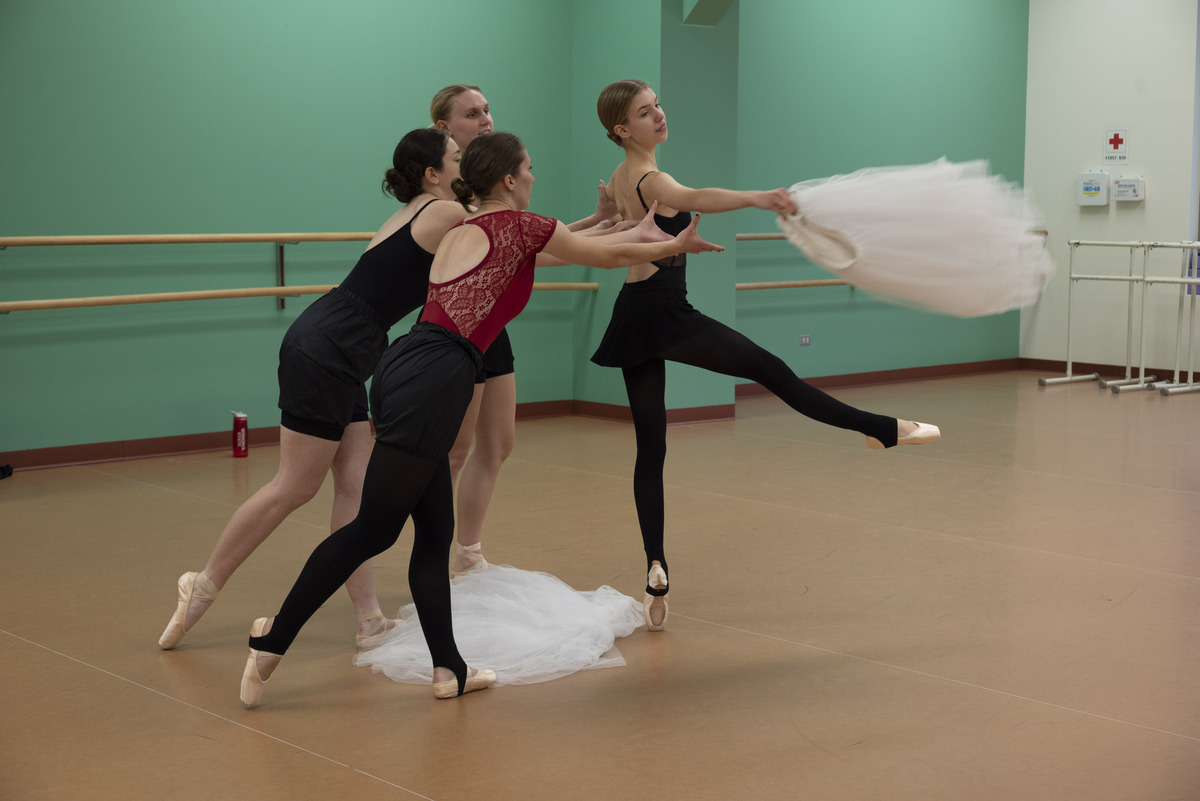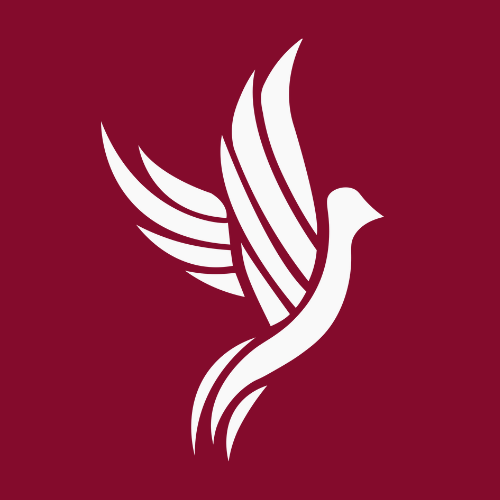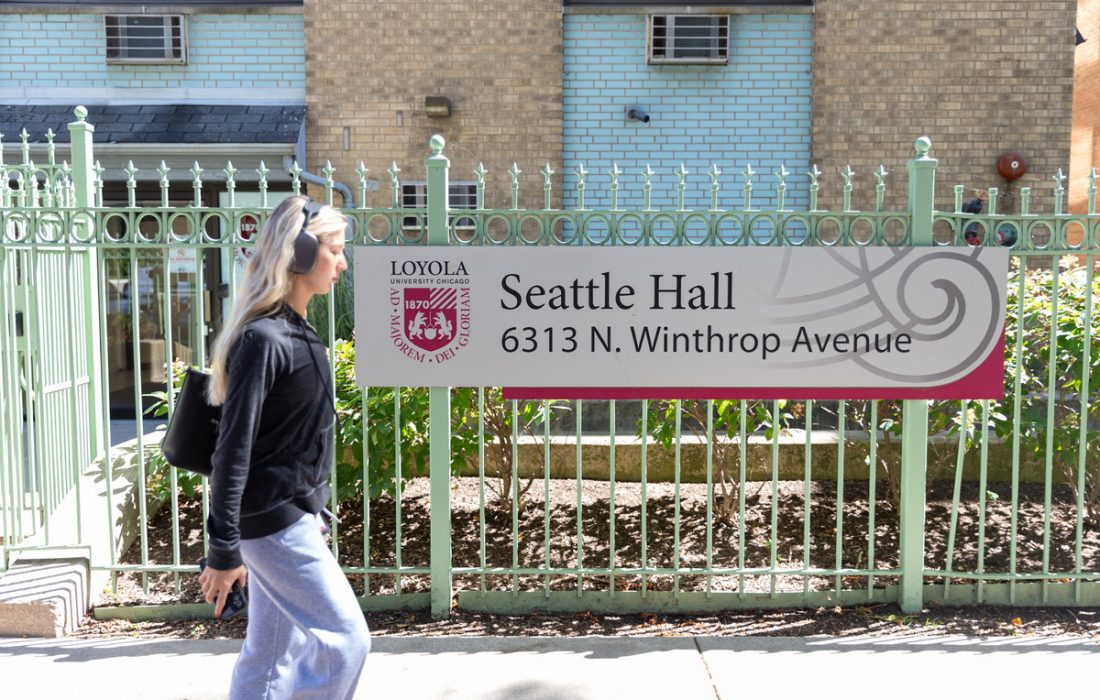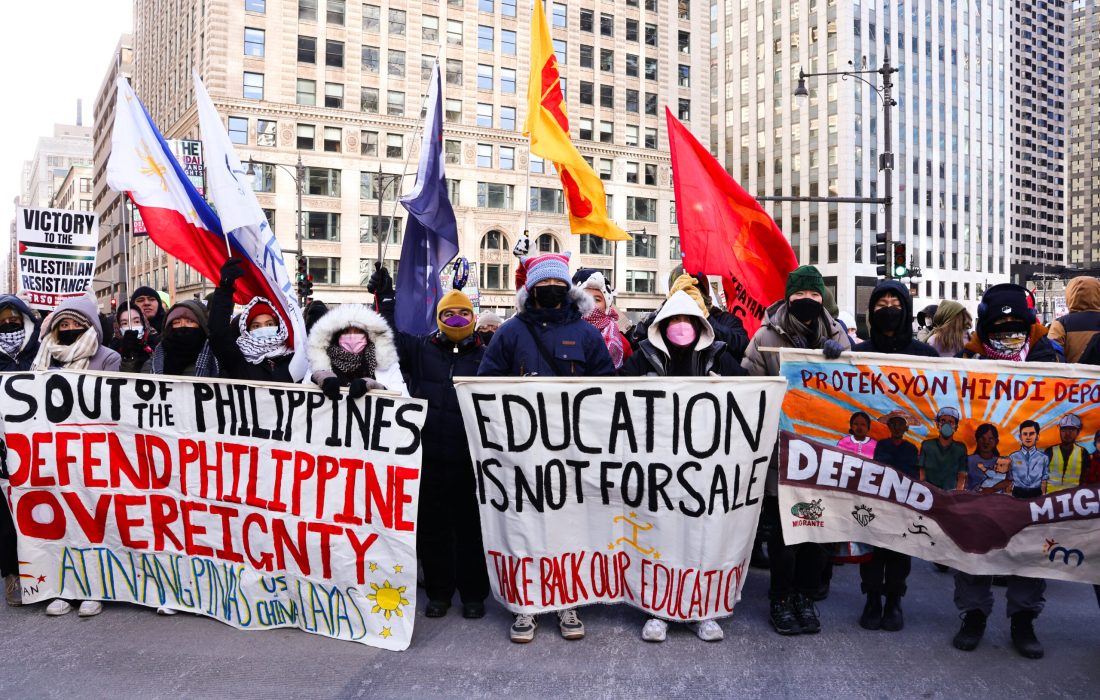Sandra Kaufmann’s guidance and passion, the dancers’ enthusiasm and the piece’s nature as a tribute to relational hope all emphasize the unique bond discovered through dance.
Crouched awkwardly, a group of dancers are dispersed over a hardwood floor. One stands above them — a beacon. The lone woman looks up, reaching longingly for a world unseen. Inspired, she begins to dance. One-by-one, others get up and join her, demonstrating community as a mechanism of hope.
As the scene unfolds, dance program director Sandra Kaufmann watches keenly from the corner. Lost in the moment, she is captivated by the dancers bringing her vision to life.
The scene is the opening sequence of Kaufmann’s contribution to the Loyola dance program’s upcoming mainstage performance “Excavating Hope,” to be performed at the Newhart Family Theater Nov. 16-19.
Kaufmann said dance is a way to counteract difficulties with modern society.
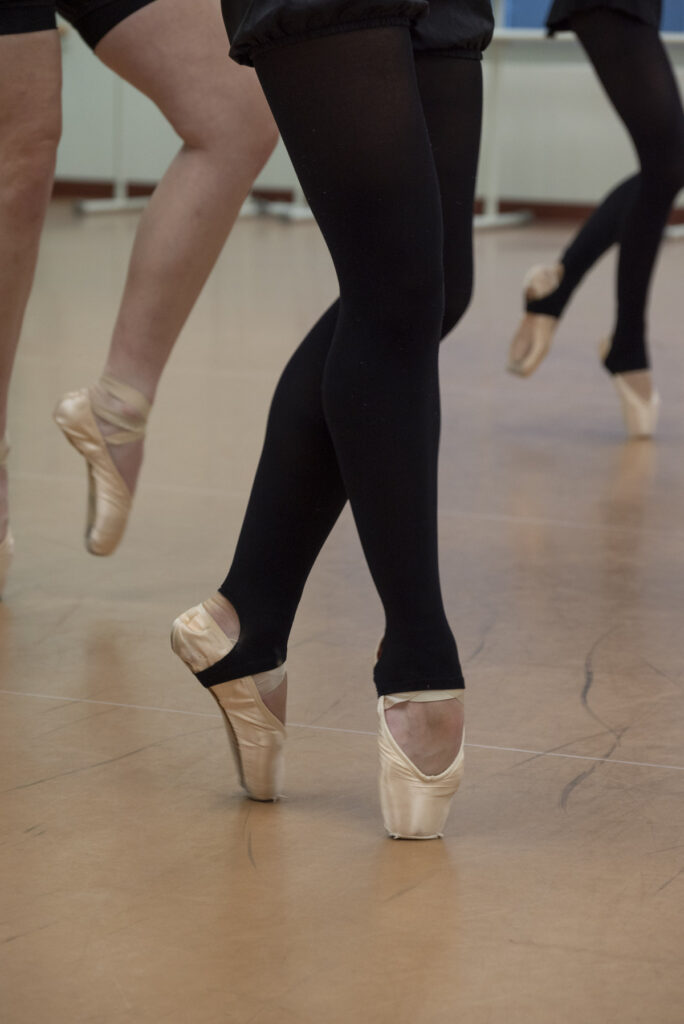
“Alienation, lack of feeling connected to things, over-emphasis on technology,” Kaufmann said. “Mostly this feeling of disorientation from our bodies, from our communities, from our purpose.”
Kaufmann’s guidance and passion, the dancers’ enthusiasm and the piece’s nature as a tribute to relational hope all emphasize the unique bond discovered through dance.
Kaufmann, a Chicago native, founded Loyola’s dance program in 2003 and has worked to cultivate it ever since. By combining dance with academic research, experiential learning and community involvement, Kaufmann has developed the dance minor, dance major and dance education BA/MA programs.
“We’re able to really focus on putting together a really compelling dance program,” Kaufmann said. “And so, we want to use this mainstage as an opportunity for conversation about the role of dance in society.”
“Excavating Hope” has been in development since last spring, according to Kaufmann. It will showcase a variety of dance genres, including Kaufmann’s dance described above inspired by the book “Jonathan Livingston Seagull.”
The performance will also involve a pointe piece — a style of ballet in which the dancers move on the tips of their toes — choreographed by Loyola dance instructor Raúl Díaz-Maroto Casasola, as well as a student-led work choreographed by fourth-year Caroline Cady.
Cady’s piece in “Excavating Hope” is an exploration of embracing the chaos of life and finding freedom through acceptance — for her, this freedom manifests itself in the connectivity and catharsis of dance, she said.
Cady is a dance and psychology double major and the president of the Dance Honors Society. Cady said her experience with dance has largely characterized her college experience, and Loyola’s program has given her opportunities to grow in a supportive and loving community.
“Since joining Loyola, I’ve been exposed to a lot of dance styles that I didn’t really have a chance to explore before coming here and it’s been a really vulnerable process but one that’s really fulfilling if you just fully embrace it,” Cady said.
Cady said the ability to fully embrace this vulnerability is largely due to the tight-knit bonds that have developed between her and the other dancers.
“The dancers here are my people, and I’m so lucky that it’s been such a comforting, supportive community,” Cady said. “I feel like we can all be ourselves around each other, which is something special that not every major offers.”
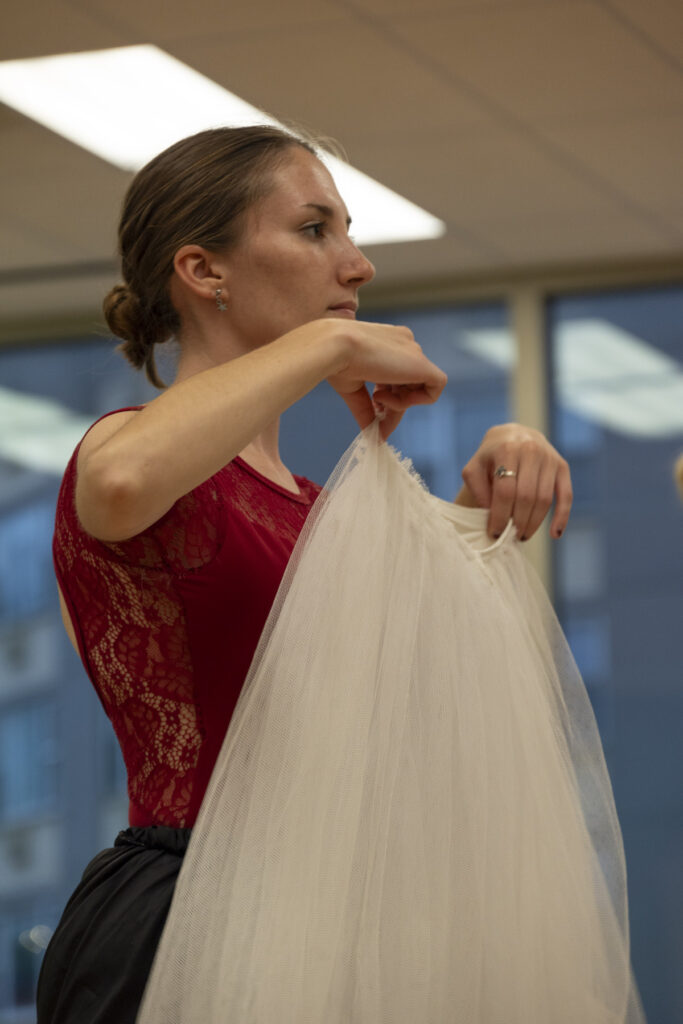
Isaac Jung, a dance and theater double major, echoed this belief in the dance program’s unique emphasis on creating a supportive space. The third-year student said he hadn’t danced since his childhood and he rediscovered his love for dancing during his first year at Loyola.
Jung said he decided to pursue the major his second year as a means of exploring this passion and because he hoped dance would help him find a community at college.
“It was a rough year, you know, dusting off the dance,” Jung said about his first year in the program. “When I was struggling, no one was ever like, ‘Oh, Isaac can’t dance, why is he here?’ which I think was very helpful and good for my mental health. We just have a really lovely community here.”
Dance and communications double major and third-year student Zoe Holland also credits much of the personal growth she has experienced at Loyola as directly related to her involvement in the dance program.
“I immediately felt like I was seen and accepted as who I was and like, this was a place where because I was accepted into this community I knew I could grow as a dancer,” Holland said.
Honing artistic voices of individual students and serving the community through art is an integral part of the Loyola Dance Program, according to their mission.
“Finding yourself, embracing who you are, I think that’s something that everyone can relate to,” Cady said. “And we know that it’s not like you can snap your fingers and you’re comfortable in your body. You really have to work for it.”
Loyola’s dance program is committed to “fostering transformation of individuals and communities,” according to their website. For Kaufmann, the excavation of hope through dance is one that is both internal and external in nature — the individual grows from the communal experience.
“Really, dance is meant to be done in community,” Kaufmann said.
Tickets for the dance program’s mainstage production “Excavating Hope” are available for purchase on the Department of Fine and Performing Arts’ website.
Featured image by Talia Evans / The Phoenix
-
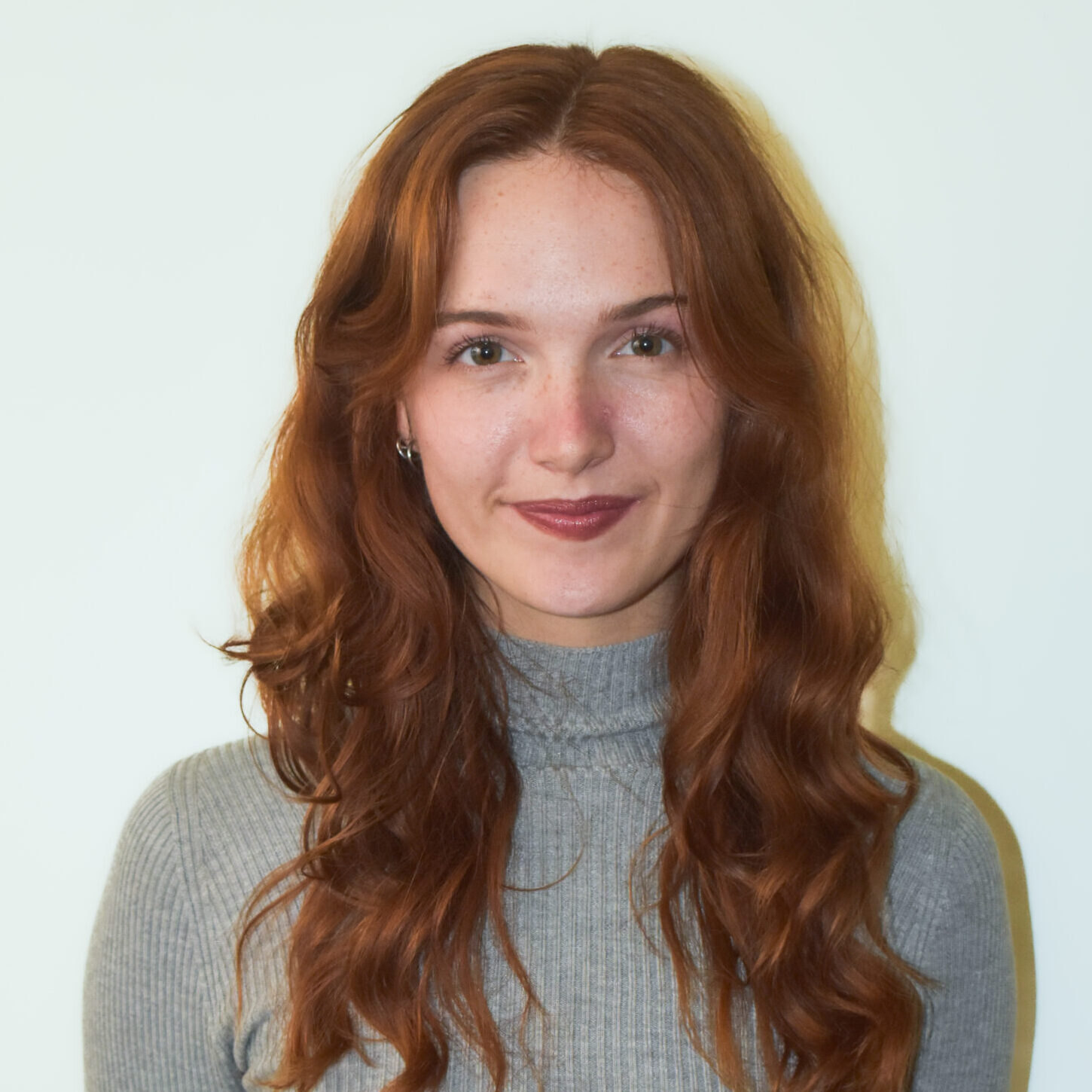
Hailey Gates is a third-year student majoring in English and minoring in journalism and art history. In addition to working as Opinion Editor of The Phoenix, she is a Writing Fellow at the Writing Center and a Provost Fellow undergraduate researcher. She loves to write feature stories about local art and artists and Opinion pieces on everything from national politics to Reese’s Peanut Butter Pumpkins.
View all posts

